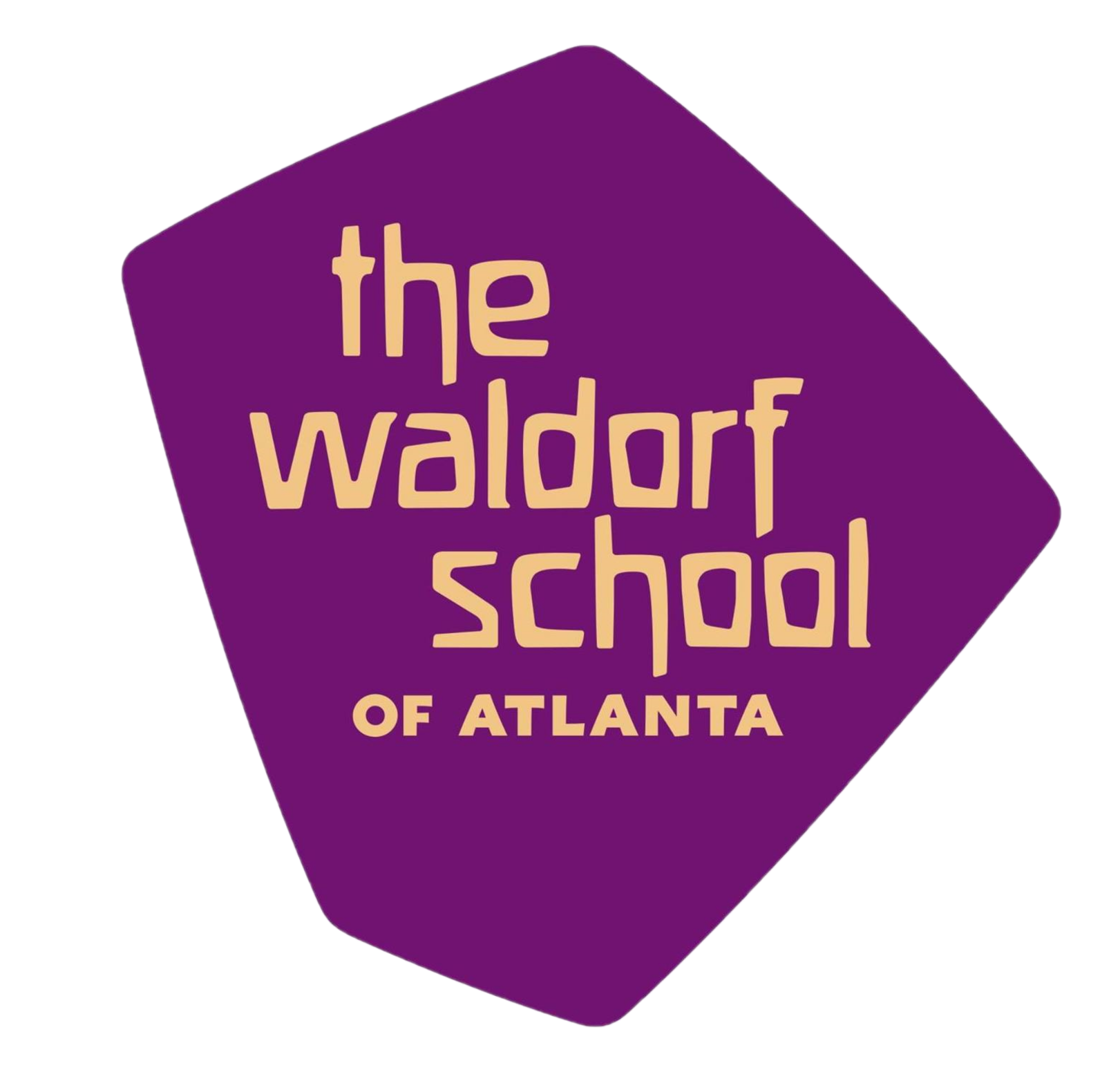Middle School
Waldorf Grade 7
Main Lesson Books
Throughout the Waldorf curriculum, the first period of every day is devoted to the main lesson – a focused study of a core curriculum topic that spans a three to four week block of time. During the block, each student creates his or her own textbook – a Main Lesson Book – that includes essays, illustrations, maps, models, poetry, and even observations of lab experiments.
Expectations for the breadth and depth of Main Lesson Books appreciate considerably in the middle school years. Students are expected to contribute individualized content to their books – both in terms of their grasp of the subject and their creative response to it. After grading, the Main Lesson Books are returned to the students as a beautiful record of their learning. It is not unusual for Waldorf students to include pages from their Main Lesson Books with scholarship and college admission applications.
Grade 7 Geography & the Renaissance
Beginning with fourth grade students mapping their neighborhoods, the study of geography is woven throughout the Waldorf curriculum in ever-widening circles. In grade seven, students chart the evolution of Western culture by exploring trade routes and the flow of ideas between the Far East and Europe. Like the map makers of the 1500s, students craft detailed and exquisitely rendered maps that trace the migration of people and religions that ended with the great intersection of art, science, and commerce known as the Renaissance. The Renaissance becomes more than a history lesson as students immerse themselves in the art of the period, selecting a Renaissance master to study and copy.
Grade 7 Creative Writing
While in the lower grades, students follow the lead of the class teacher in writing assignments, middle school students are asked to strike out individually and begin to organize and articulate their own observations and perceptions. The “Wish, Wonder and Surprise” creative writing block is an essential aspect to this process. Relieved from the structure of essay writing, students are free to explore short story topics and genres that appeal to them. When finished, each student shares his or her story with the class.
Grade 7 Main Lessons
Grade 7 History:
Late Middle Ages: rise of cities, nationhood, rivalry between church and state. Biographies might include Eleanor of Aquitaine, Richard the Lion-Hearted, Francis of Assisi, Dante. Renaissance to 1700: a rising merchant class lays the foundation for these studies. Studies may include choosing a Renaissance “master” to study and copy. The Age of Discovery/Exploration from 1400. Historical themes are exemplified in many biographies: Ferdinand and Isabella of Spain, Columbus, Magellan.
Grade 7 Literature:
Arthurian Legends, historical novels, biography. Humorous stories. Tales of adventure and discovery. Poetry and ballads. Scenes from the Renaissance. Stories about tribal life.
Grade 7 English and Grammar:
Review all grammar. Develop a plasticity of the language based on the theme of Wish, Wonder and Surprise. Note-taking, original writing and summaries, longer essays, and comparisons. Spelling. Research papers. Class play.
Grade 7 Geography:
Geography of Africa and Europe. World geography: tides, map reading, weather, geographical terminology, leading into astronomy. Studies may include interviewing a native, along with other research, to write a report on a country or sharing sample dishes for a buffet meal.
Grade 7 Science:
Chemistry: combustion, chemical transformation, acids, bases, salts, lime cycle. Physiology: the nine systems, nutrition, and first aid. Physics: light, magnetism, static and current electricity, mechanics. Astronomy: study of the star motions and the celestial globe. Comparison of Ptolemaic and Copernican systems.
Grade 7 Mathematics:
Algebra. Graphing. Perimeters, areas, exponents, and roots. Formulae. More complicated problem solving, mental computation, estimation and situation problems. Basic geometric theorems and a brief introduction to projective geometry.
Grade 7 Drawing, Painting, and Modeling:
Exact geometrical drawing, two-dimensional, to theorem of Pythagoras. Areas of squares, triangles. Perspective drawing. Wet and dry painting, transparent colors. Modeling the human hand and foot in clay.
2024-2025 Grade 7 Class Teacher: Ms. Abdul-Jabbar



